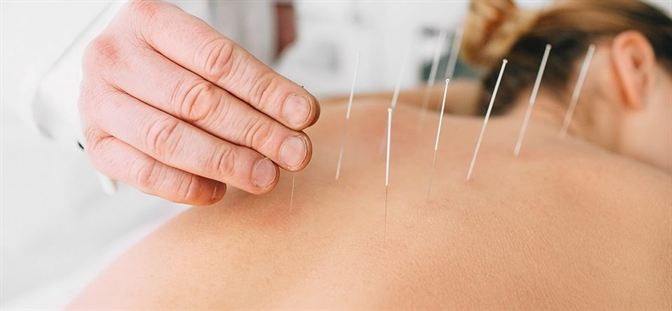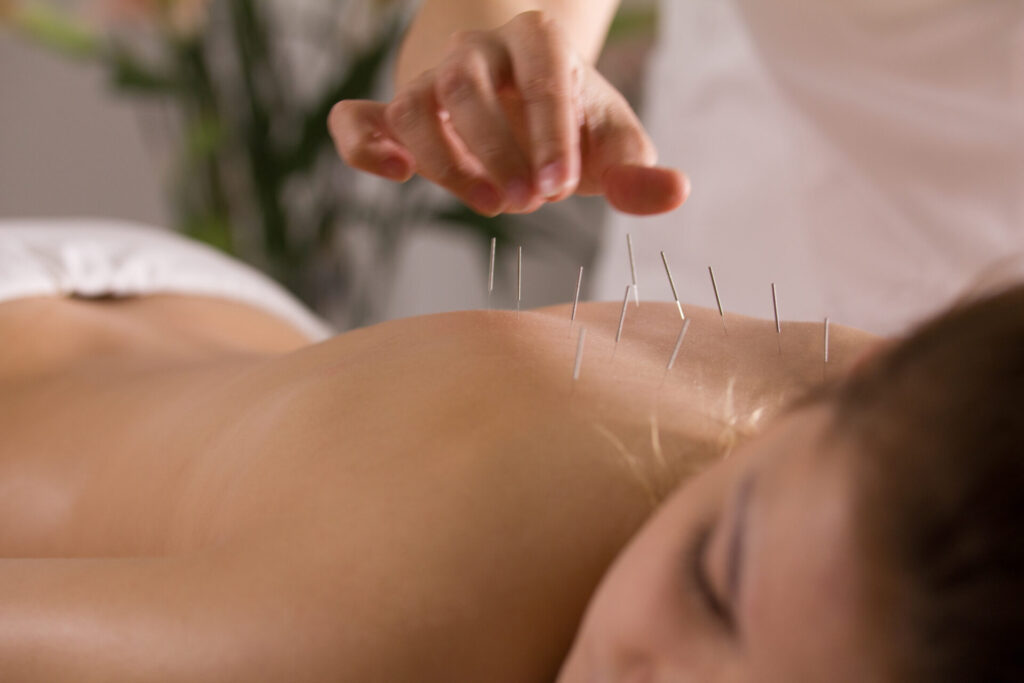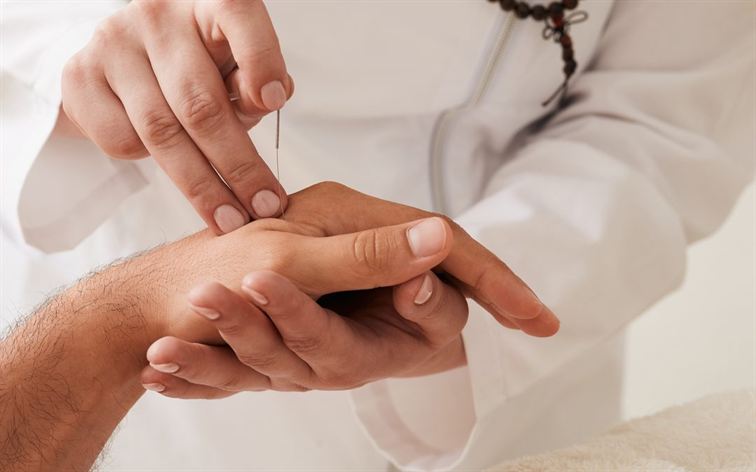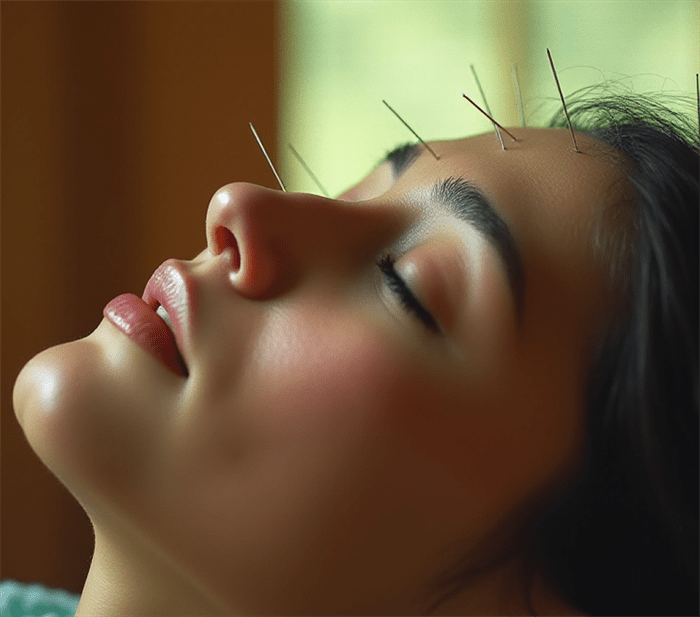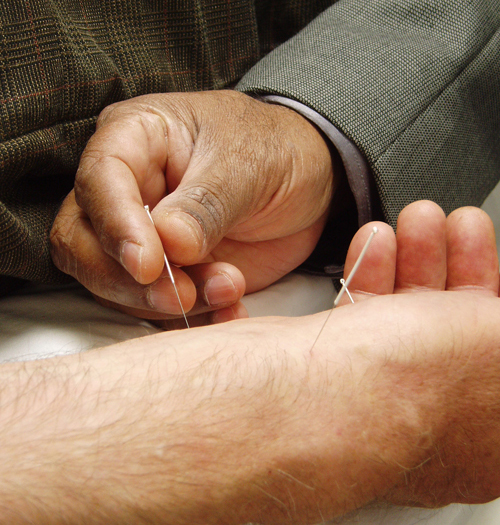Apple Cider Vinegar Benefits: 9 Science-Backed Uses That Actually Work
The many apple cider vinegar benefits have been making headlines for years, but separating fact from fiction isn’t always easy. While social media influencers tout it as a miracle cure, what does the actual science say about this fermented elixir?
After diving deep into the research and consulting with nutrition experts, I’ve uncovered nine legitimate apple cider vinegar uses that go far beyond trendy wellness claims. Whether you’re looking to support your metabolic health or find natural alternatives to harsh chemicals, these evidence-based benefits might surprise you.
What Makes Apple Cider Vinegar So Powerful?

Before we explore the specific apple cider vinegar benefits, let’s understand what we’re working with. Apple cider vinegar is created through a two-step fermentation process that transforms apple juice into a potent health ally.
First, yeast converts the sugars in apples into alcohol. Then, bacteria called Acetobacter transforms that alcohol into acetic acid—the active compound responsible for most of ACV’s health benefits. This process creates the cloudy, web-like substance called “the mother,” which contains beneficial enzymes, proteins, and probiotics.
The result? A tangy liquid that’s been used medicinally for over 2,000 years, now backed by modern scientific research.
9 Evidence-Based Apple Cider Vinegar Benefits
1. Blood Sugar Regulation and Diabetes Management
One of the most well-researched apple cider vinegar benefits involves its ability to improve insulin sensitivity and lower blood sugar levels. A study published in Diabetes Care found that consuming apple cider vinegar before meals improved insulin sensitivity by 19-34% in people with insulin resistance.
The mechanism is fascinating: acetic acid appears to slow the digestion of starches, preventing rapid spikes in blood glucose. This makes apple cider vinegar particularly beneficial for people with type 2 diabetes or prediabetes.
How to use it: Mix 1-2 tablespoons of apple cider vinegar in water and drink 15-20 minutes before meals containing carbohydrates.
2. Weight Loss and Metabolic Support
Multiple studies have shown that apple cider vinegar can support healthy weight management. A 12-week study of 175 people with obesity found that daily ACV consumption led to reduced belly fat and weight loss—up to 3.7 pounds without any other dietary changes.
The weight loss benefits come from several mechanisms:
- Increased feelings of fullness, leading to reduced calorie intake
- Improved fat burning and reduced fat storage
- Better insulin sensitivity, which affects how your body stores energy
Research suggests that acetic acid activates genes that boost fat burning and reduce fat and sugar production in the liver.
3. Digestive Health and Gut Microbiome Support
Apple cider vinegar benefits extend to your digestive system through its prebiotic properties. The pectin from apples feeds beneficial gut bacteria, while the acetic acid helps maintain optimal stomach acidity for proper protein digestion.
Many people with low stomach acid experience digestive issues like bloating, gas, and nutrient malabsorption. Apple cider vinegar can help restore proper acidity levels, improving overall digestive function.
Additionally, some studies suggest that ACV may help reduce harmful bacteria in the gut while promoting the growth of beneficial microorganisms.
4. Heart Health and Cholesterol Management
Cardiovascular benefits represent another significant category of apple cider vinegar uses. Animal studies have shown that ACV can lower cholesterol and triglyceride levels, while human observational studies suggest similar benefits.
A study of women found that consuming salad dressing with vinegar was associated with reduced risk of heart disease. The acetic acid in apple cider vinegar may help reduce cholesterol synthesis in the liver and increase bile acid excretion.
While more human trials are needed, the existing research is promising for those looking to support heart health naturally.
5. Antimicrobial and Infection-Fighting Properties
Historical apple cider vinegar uses include treating wounds and infections, and modern research validates these traditional applications. ACV has proven effective against various pathogens, including:
- E. coli bacteria
- Staphylococcus aureus
- Candida species (yeast infections)
- Certain viral strains
The antimicrobial properties make apple cider vinegar useful for:
- Natural food preservation
- Treating minor skin infections
- Supporting oral health (when properly diluted)
- Managing fungal infections like athlete’s foot
6. Skin Health and Anti-Aging Benefits
Apple cider vinegar benefits for skin come from its natural acidity, which helps restore the skin’s protective acid mantle. This barrier function is crucial for healthy, youthful-looking skin.
Specific skin benefits include:
- Balancing skin pH levels
- Reducing acne-causing bacteria
- Minimizing the appearance of age spots
- Improving skin texture and tone
- Reducing inflammation associated with eczema
Important note: Always dilute apple cider vinegar before applying to skin (1 part ACV to 3 parts water) and perform a patch test first.
7. Hair Health and Scalp Care
Your scalp’s pH should be slightly acidic (around 4.5-5.5), but many commercial shampoos are too alkaline, leading to dryness, dandruff, and lackluster hair. Apple cider vinegar can help restore optimal scalp pH.
Hair and scalp benefits include:
- Removing product buildup
- Reducing dandruff and scalp irritation
- Adding natural shine and smoothness
- Closing hair cuticles for stronger strands
- Balancing oil production
8. Detoxification and Liver Support
While “detox” claims are often overblown, apple cider vinegar does support your body’s natural detoxification processes. The liver, your primary detox organ, benefits from ACV’s ability to improve bile production and support healthy liver enzyme function.
Some research suggests that apple cider vinegar may help protect the liver from oxidative stress and support its natural cleansing abilities. However, it’s important to note that your liver is quite capable of detoxifying on its own—ACV simply provides additional support.
9. Bone Health and Mineral Absorption
Emerging research suggests that apple cider vinegar benefits may extend to bone health through improved mineral absorption. The acetic acid in ACV can help your body absorb essential minerals like calcium, magnesium, and potassium more effectively.
Some studies indicate that regular vinegar consumption may help prevent bone loss, though more research is needed to confirm these effects in humans.
How to Incorporate Apple Cider Vinegar Into Your Routine
Getting the most from apple cider vinegar benefits requires proper usage and realistic expectations. Here are evidence-based recommendations:
Dosage Guidelines
- Starting dose: 1 teaspoon diluted in 8 oz of water
- Maintenance dose: 1-2 tablespoons per day, divided into 2-3 doses
- Maximum recommended: 2 tablespoons daily (30ml)
Best Practices for Safety
- Always dilute apple cider vinegar before consuming
- Drink through a straw to protect tooth enamel
- Take 15-20 minutes before meals for blood sugar benefits
- Choose organic, unfiltered ACV with “the mother”
- Start slowly to assess your tolerance
Creative Ways to Use Apple Cider Vinegar
Beyond drinking it in water, you can incorporate ACV into your routine through:
- Homemade salad dressings and marinades
- Morning wellness shots with ginger and lemon
- Natural household cleaning solutions
- DIY hair rinses and face toners
- Fermented vegetable preparations
Potential Side Effects and Precautions
While apple cider vinegar benefits are impressive, it’s crucial to understand potential risks and interactions:
Common Side Effects
- Digestive upset when consumed undiluted
- Tooth enamel erosion from prolonged exposure
- Throat irritation from concentrated solutions
- Delayed stomach emptying in some individuals
Important Interactions
Apple cider vinegar can interact with certain medications:
- Diabetes medications: May enhance blood sugar-lowering effects
- Diuretics: Could lead to potassium deficiency
- Heart medications: May affect potassium levels
- Insulin: Can amplify blood sugar reduction
Always consult your healthcare provider before adding apple cider vinegar to your routine, especially if you take medications or have underlying health conditions.
Choosing the Right Apple Cider Vinegar
Not all apple cider vinegar products offer the same benefits. Here’s what to look for:
Quality Indicators
- Organic certification: Ensures no synthetic pesticides or additives
- Unfiltered with “the mother”: Contains beneficial enzymes and probiotics
- Raw and unpasteurized: Preserves natural enzymes and nutrients
- Glass packaging: Prevents chemical leaching from plastic
Avoid These Red Flags
- Clear, filtered vinegar (lacks beneficial compounds)
- Added sugars or artificial flavors
- Extremely low prices (may indicate poor quality)
- Plastic packaging (can affect taste and safety)
The Bottom Line on Apple Cider Vinegar Benefits
The research supporting apple cider vinegar benefits continues to grow, offering compelling evidence for its role in blood sugar management, weight loss support, and overall health promotion. However, it’s important to maintain realistic expectations—ACV isn’t a magic bullet, but rather a valuable tool in a comprehensive approach to wellness.
The key to maximizing apple cider vinegar benefits lies in consistent, proper use combined with a healthy lifestyle. When incorporated thoughtfully into your routine, this ancient remedy can provide modern health benefits that complement your existing wellness practices.
Whether you’re looking to support metabolic health, improve digestion, or explore natural alternatives to synthetic products, apple cider vinegar offers a science-backed option worth considering. Just remember to start slowly, listen to your body, and work with healthcare professionals when appropriate.
Ready to experience these apple cider vinegar benefits for yourself? Start with a small dose, choose high-quality products, and be patient as your body adjusts to this powerful natural remedy.
Disclaimer: This information is for educational purposes only and should not replace professional medical advice. Always consult with a healthcare provider before making significant changes to your health routine.








